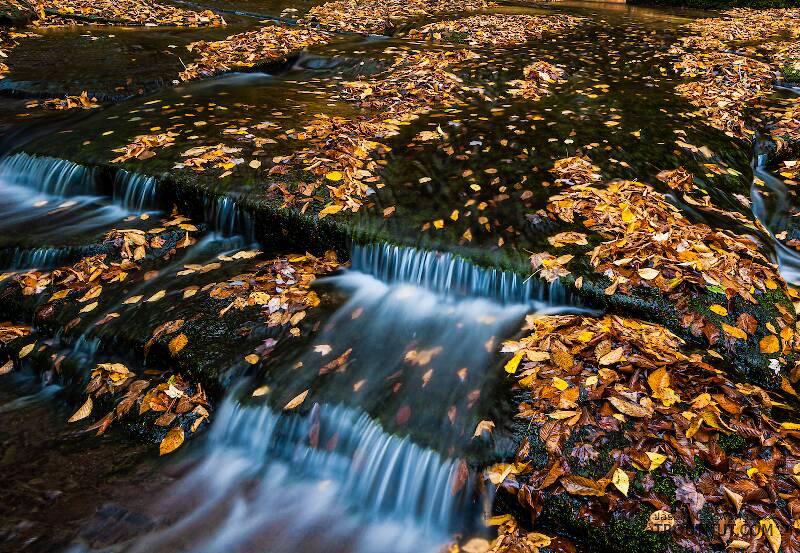
Salmonflies
Pteronarcys californica
The giant Salmonflies of the Western mountains are legendary for their proclivity to elicit consistent dry-fly action and ferocious strikes.


Mayfly Species Stenonema pulchellum (Light Cahills)
Where & when
This species is locally abundant.In 1 records from GBIF, adults of this species have been collected during July (100%).
Species Range
Hatching behavior
Unlike species which hatch earlier in the year, Maccaffertium pulchellum does not migrate to the calm shallows to emerge. It comfortably hatches in the middle of the stream.Nymph biology
Substrate: Gravel and submerged wood
Physical description
Most physical descriptions on Troutnut are direct or slightly edited quotes from the original scientific sources describing or updating the species, although there may be errors in copying them to this website. Such descriptions aren't always definitive, because species often turn out to be more variable than the original describers observed. In some cases, only a single specimen was described! However, they are useful starting points.
Male Spinner
Wing length: 7-8 mm
A species of Stenonema pulchellum group; dark spiracular dots present; scutellum broadly white; tails darker at joinings.
Eyes of living insect pearly white. Ocelli reddish, blackish at base; bases of antennae fuscous, tips pale. Vertex dark red-brown. Thoracic notum brownish black, with no reddish tinges; scutellum broadly white, not merely white-tipped, as in S. rubrum (now a synonym of Stenonema modestum). Pleura pale, with yellowish brown and occasional pink tinges; a pinkish area anterior to wing roots. Central area of mesosternum brown. Fore legs pale yellowish; femur with median and apical darker bands; tips of tibia and tarsal joinings fuscous; basal tarsal joint fully one-half the length of the second. Middle and hind legs whitish, markings as on fore leg, but paler; median femoral band sometimes obsolescent. Wings hyaline; a pale brown (not reddish) stain in stigmatic area of fore wing. Costa, subcosta and radius yellow, especially in basal two-thirds; all other veins reddish brown; cross veins somewhat heavier than longitudinals, which are quite fine. Cross veins more numerous that in rubrum(now a synonym of Stenonema modestum). Veins in hind wing, behind costa, hyaline.
Abdominal segments 1-7 white, hyaline; posterior margins of tergites faintly darker; dark spiracular dots present, on segments 3-7. Segments 8-10 opaque; tergites dark ruddy, sternites paler. Genitalia of the Stenonema pulchellum type (see fig. 91, rubrum); penes not as sharply L-shaped as in rubromaculatum (now Stenonema modestum). Tails whitish; joinings narrowly fuscous, in the basal alternately wide and narrow.
The blacker thorax, with its lack of reddish shading, the white scutellum and purer white abdomen distinguish this species from the allied rubrum (now Stenonema modestum). The presence of spiracular dots separates it from Stenonema terminatum and placitum (now a synonym of Stenonema terminatum). The smaller size, smaller eye, darker thorax and lack of red stigmatic stain distinguishes it from rubromaculatum.
Start a Discussion of Stenonema pulchellum
References
- Arbona, Fred Jr. 1989. Mayflies, the Angler, and the Trout. Nick Lyons Books.
- Baumann, Richard W. 1975. Revision of the Stonefly Family Nemouridae (plecoptera) : a Study Of The World Fauna At The Generic Level. Smithsonian Contributions to Zoology undef(211): 1-74.
- Fauceglia, Ted. 2005. Mayflies . Stackpole Books.
- Knopp, Malcolm and Robert Cormier. 1997. Mayflies: An Angler's Study of Trout Water Ephemeroptera . The Lyons Press.
- Leonard, Justin W. and Fannie A. Leonard. 1962. Mayflies of Michigan Trout Streams. Cranbrook Institute of Science.
- Needham, James G., Jay R. Traver, and Yin-Chi Hsu. 1935. The Biology of Mayflies. Comstock Publishing Company, Inc.
Mayfly Species Stenonema pulchellum (Light Cahills)
Species Range
Common Name
Resources
- NatureServe
- Integrated Taxonomic Information System
- Global Biodiversity Information Facility
- Described by Walsh (1862)

